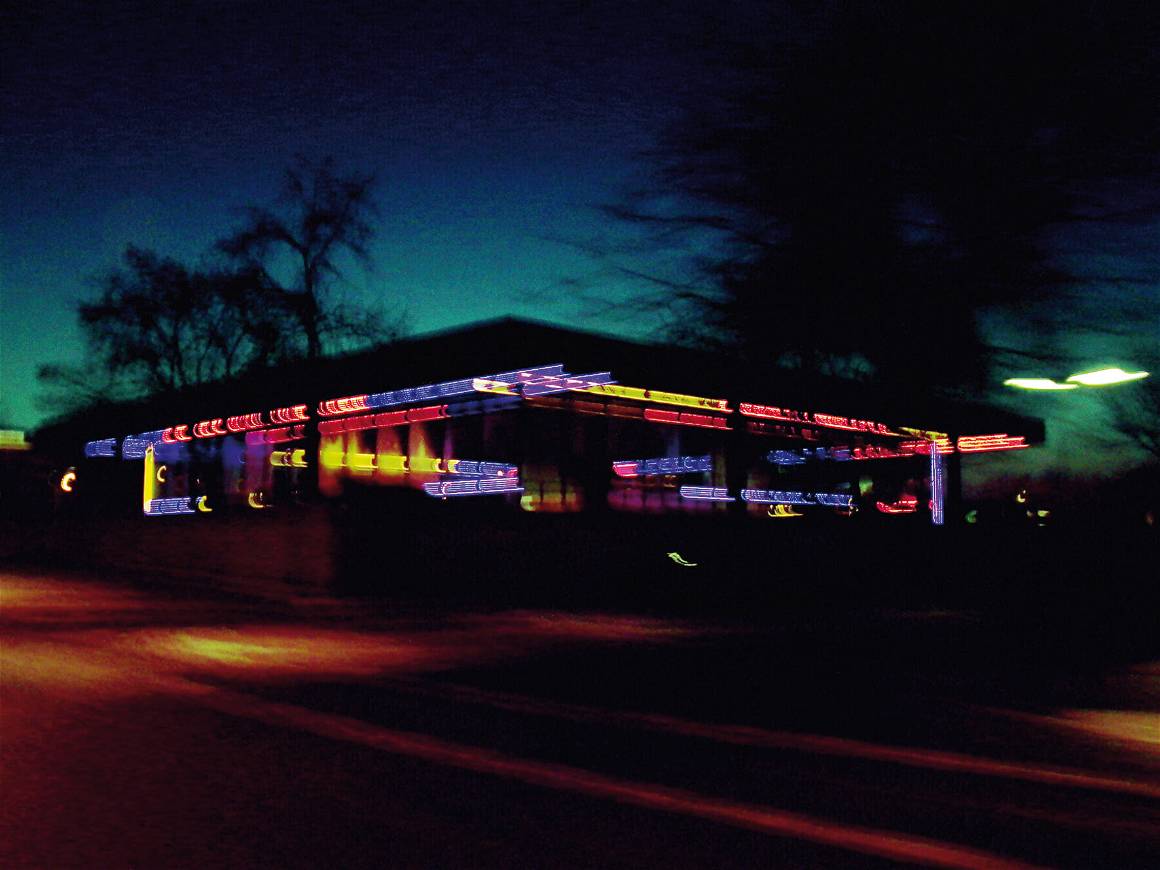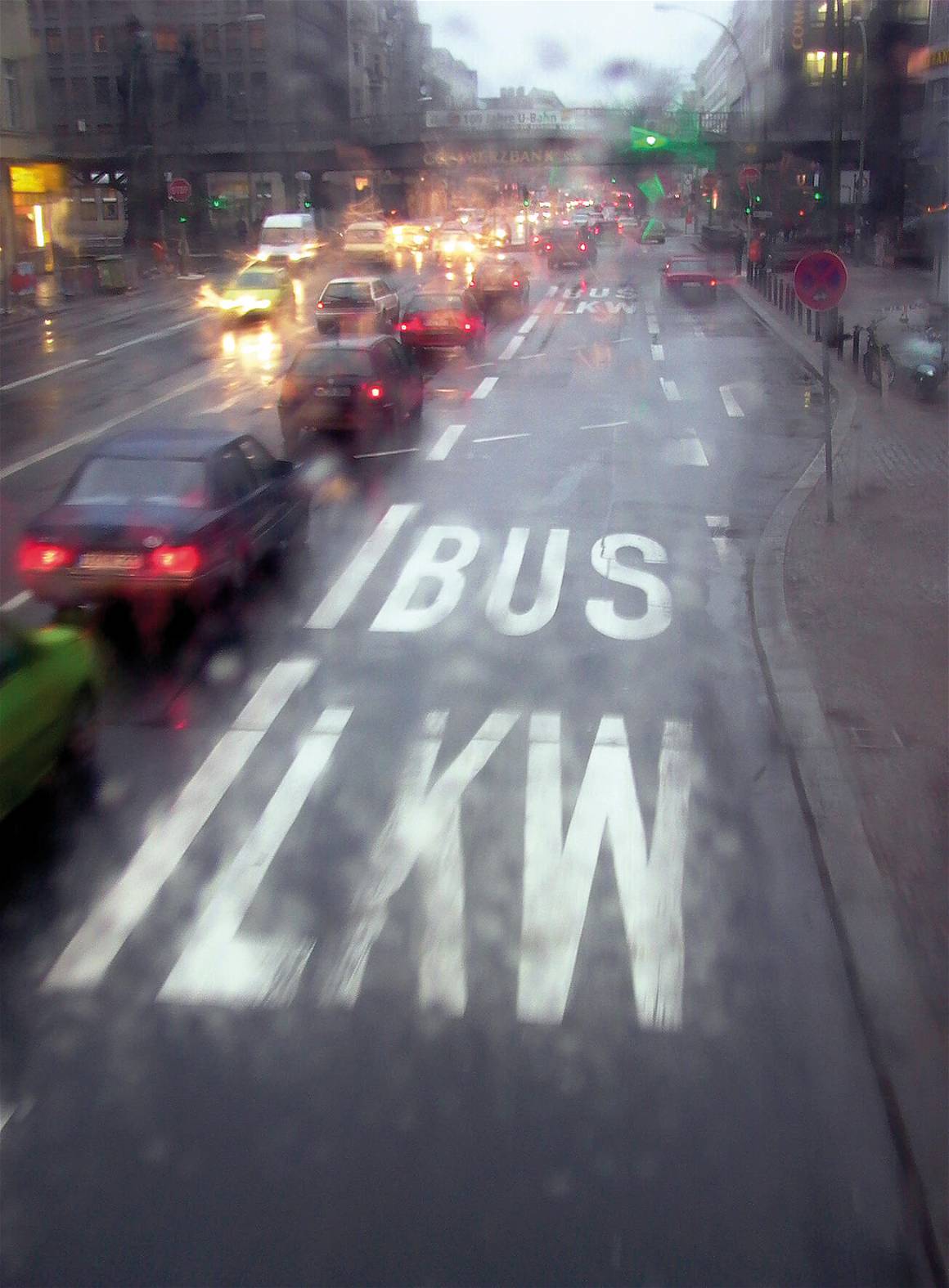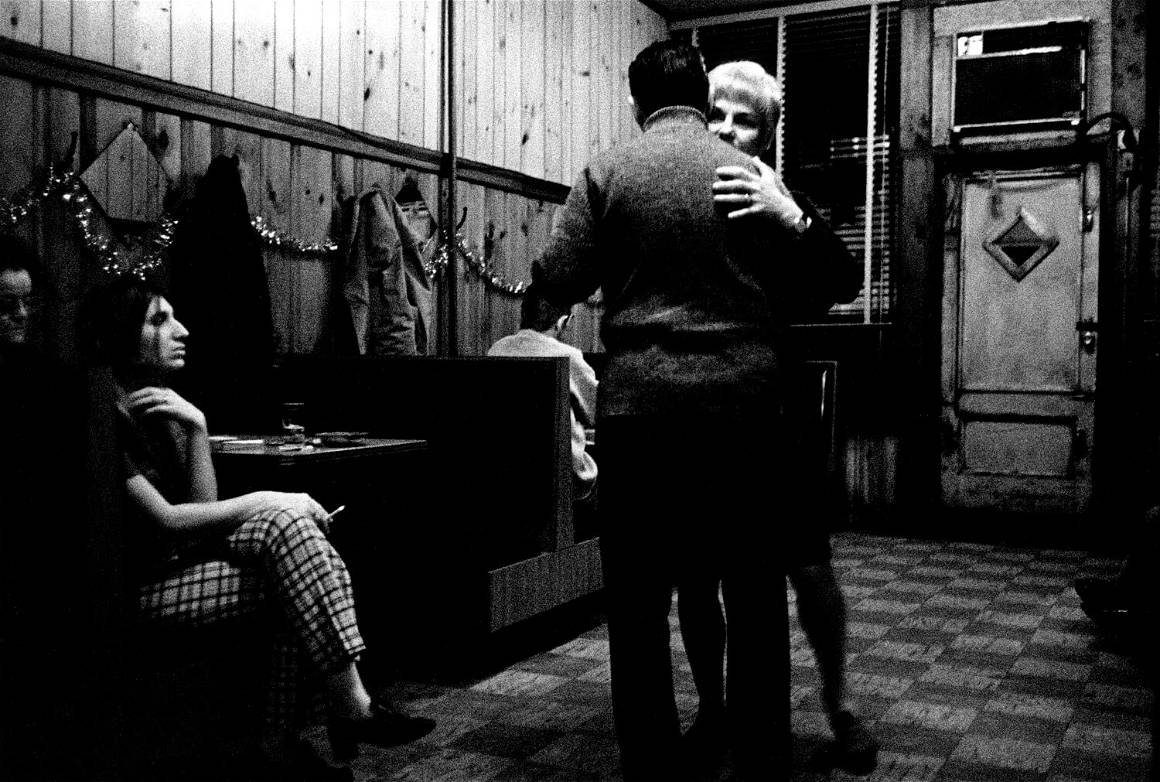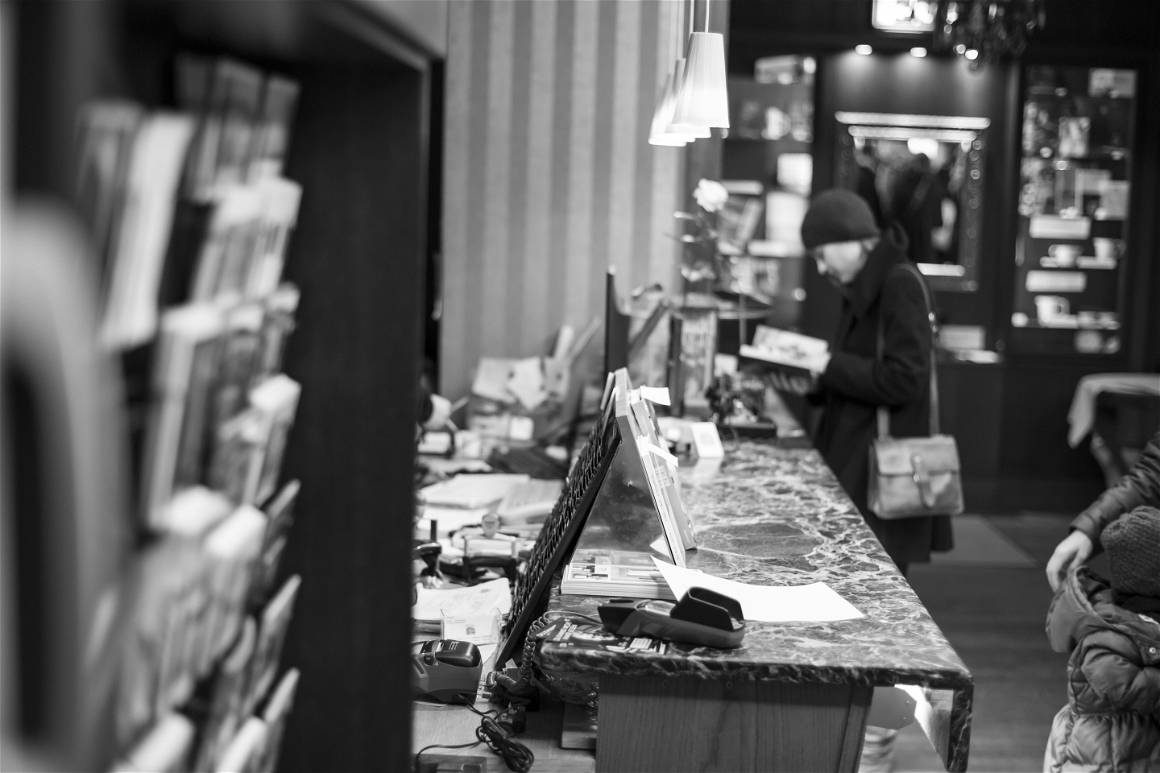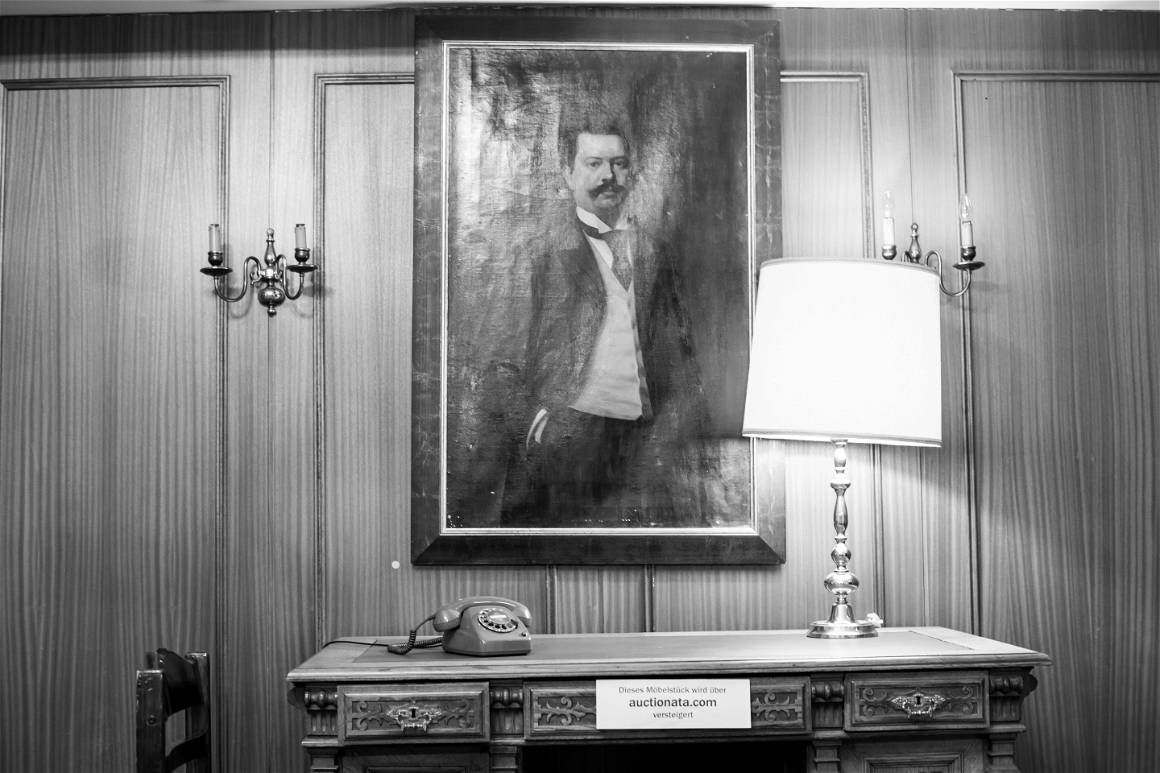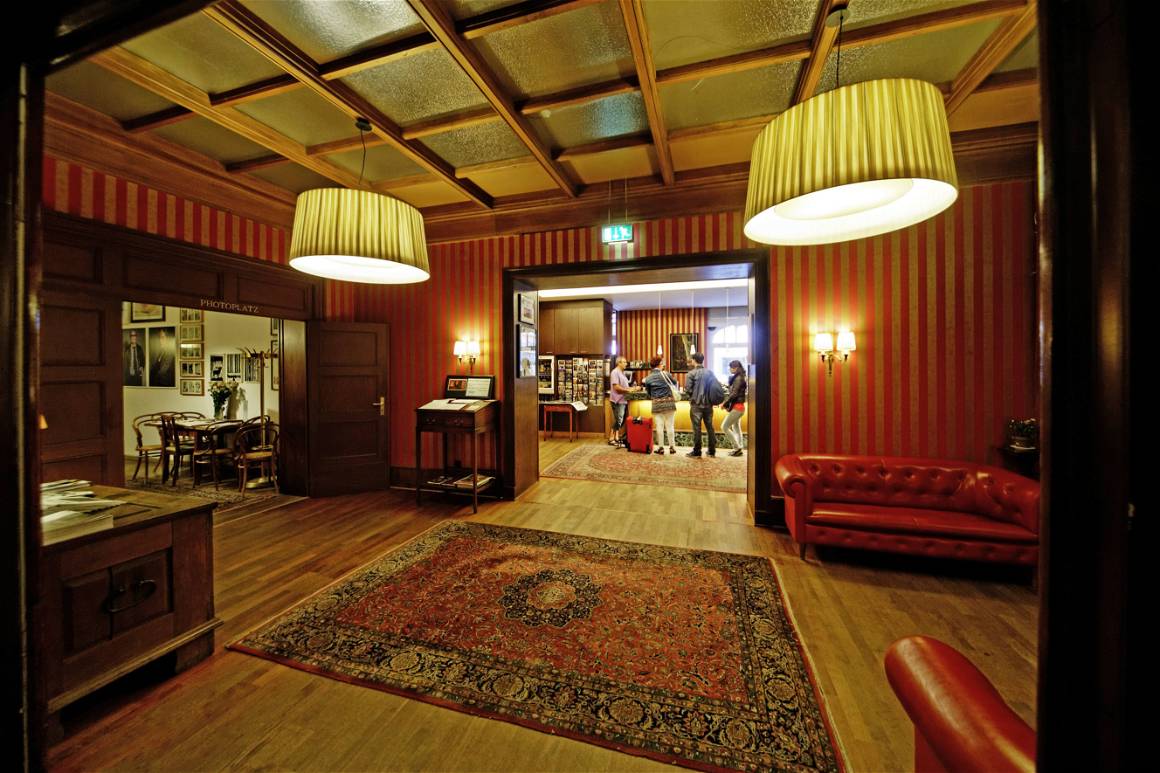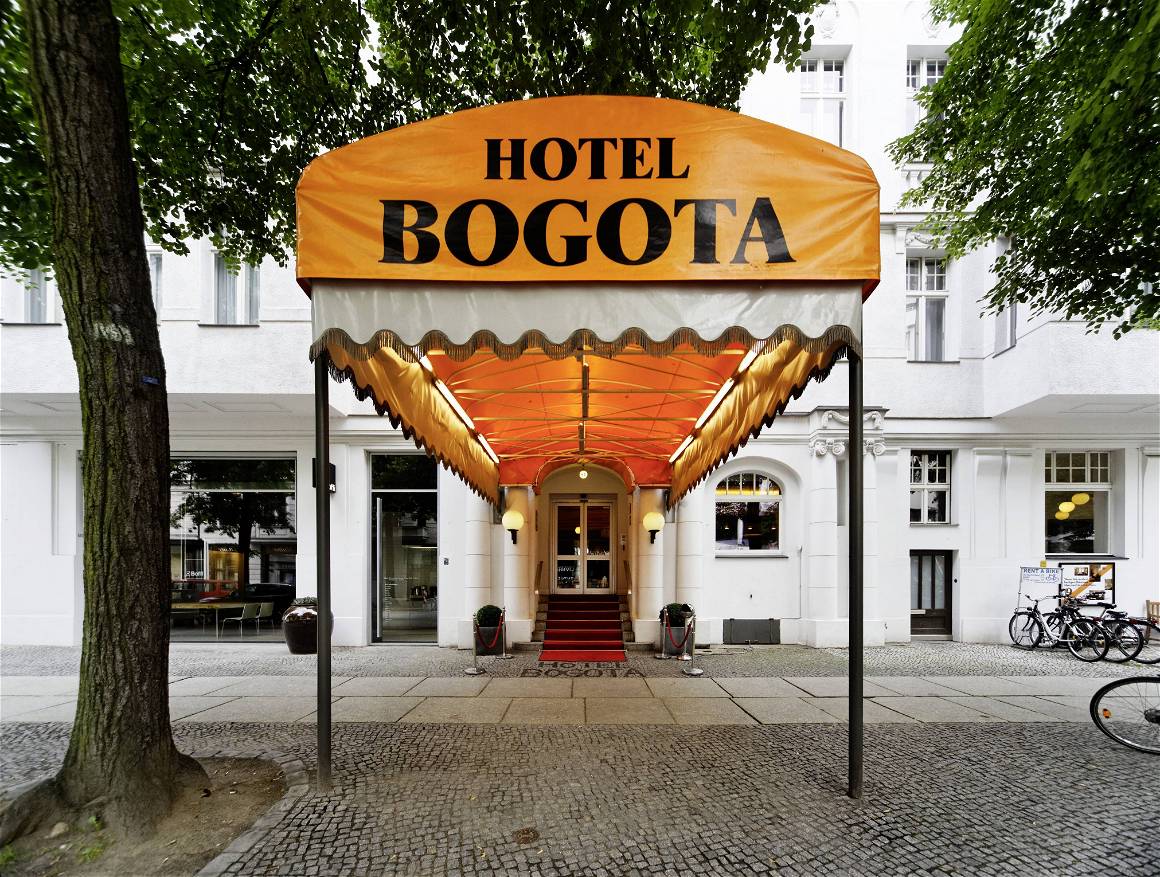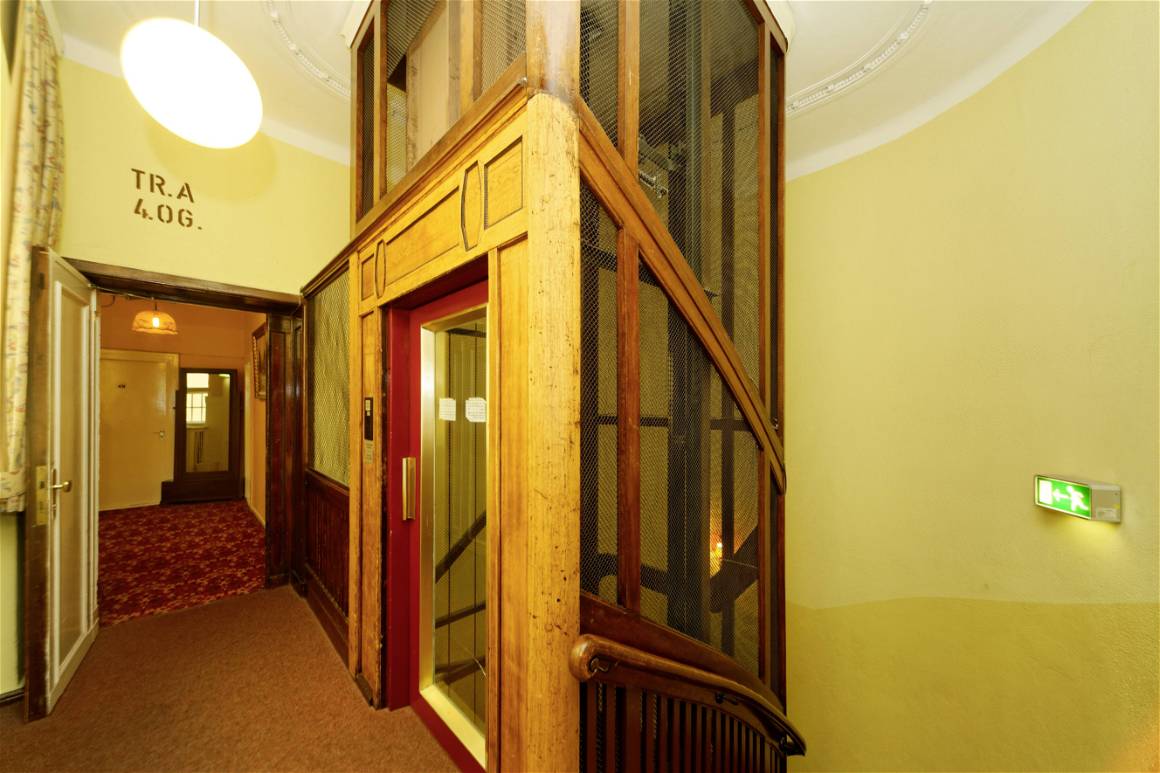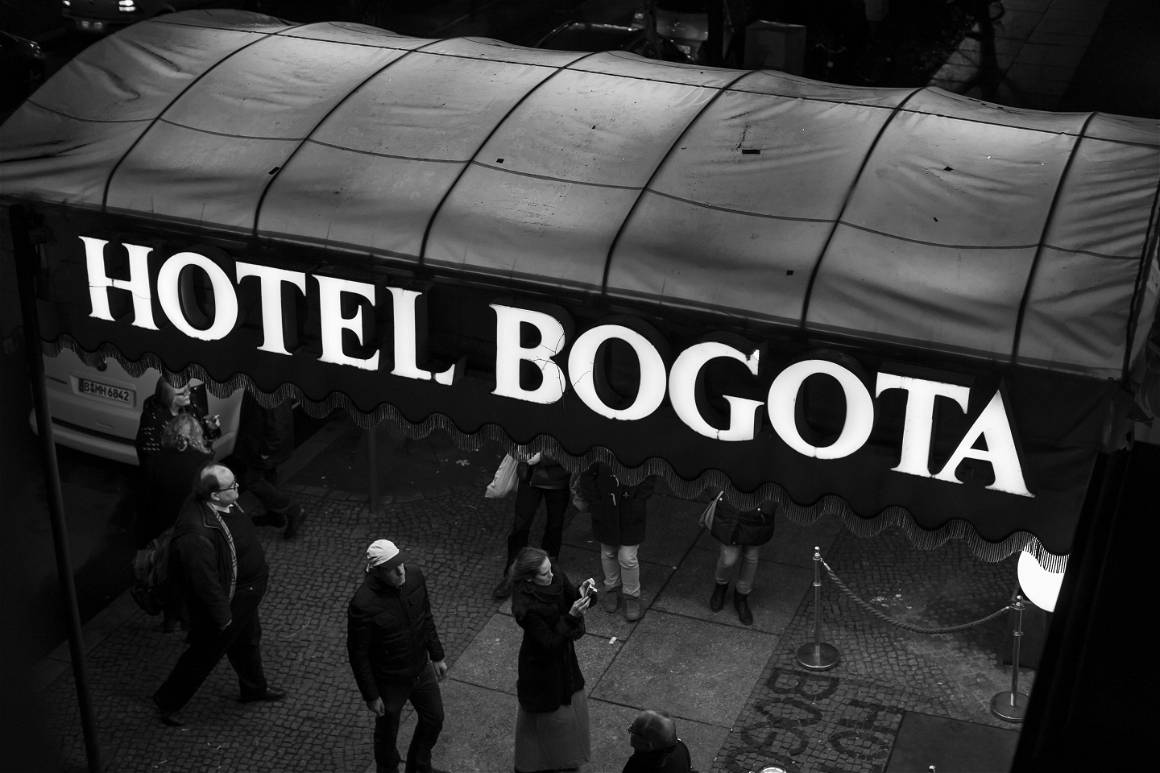A Berlin cultural timestamp and its photos. IMAGO dives into The Kommunale Galerie’s current exhibition Hotel Bogota, showing until May 21.
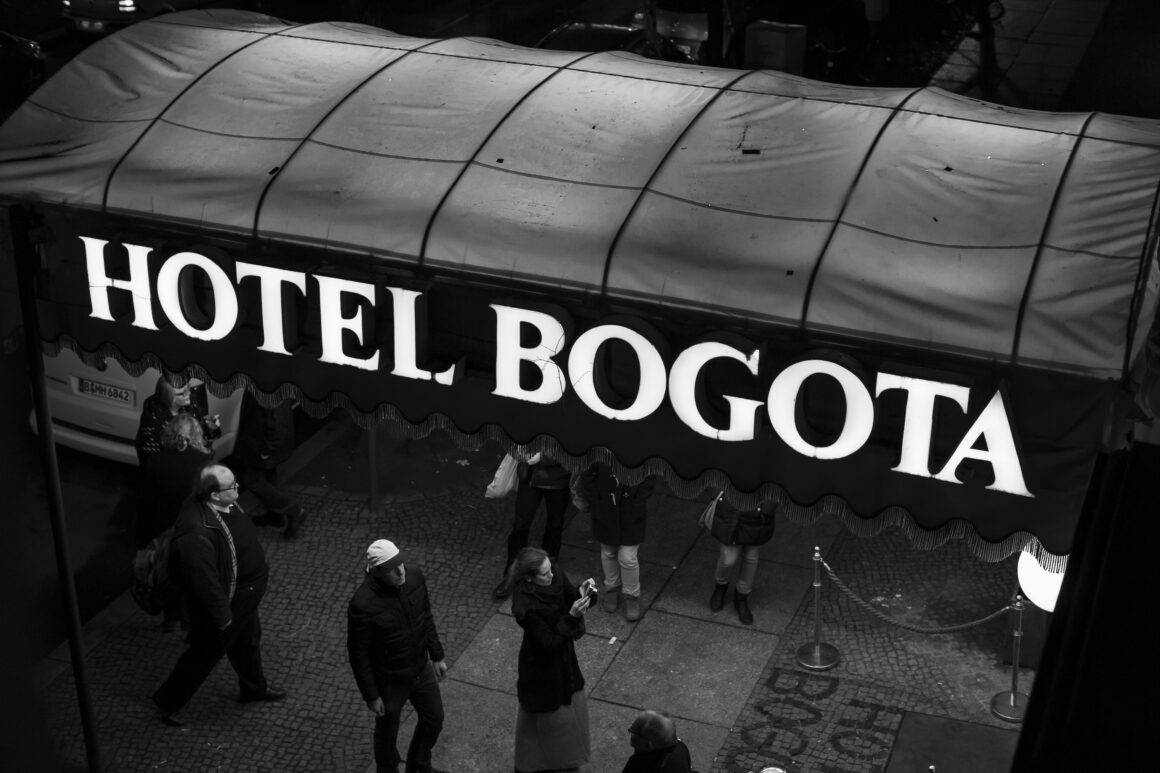
Berlin Dialogues: The Groundbreaking Photoplatz in Hotel Bogota
Galleries, museums, event spaces — what about a hotel? When we enter a photo exhibition, we normally know what we’ve agreed to. We might even see some familiar faces. The exhibition Hotel Bogota in the Kommunale Galerie opens our perception of how and where we can exhibit, consume and interact with photography. Showcasing a collection from one of Berlin’s most unconventional but important cultural spaces: Photoplatz c/o Hotel Bogota, a simultaneous hotel and photography space, the current exhibition in Kommunale Galerie and corresponding events keep the hotel’s legacy alive.
On April 19, 2023, the Kommunale Galerie in Berlin-Charlottenburg hosted photographer, curator, collector and former manager of Hotel Bogota, Joachim Rissmann, who led a discussion and explained the story of the hotel’s importance in the Berlin photography scene. Columnist and former IMAGO editor Sofia Bergmann attended the event and met Rissmann to learn what lies behind the photos on the wall.
“From 2006 to 2013, Hotel Bogota became more than just an exhibition space: it was about unwarranted and unlimited connections between groundbreaking photography and an unexpected, ever-changing audience composed of everything from prominent cultural figures and businesspeople, to families on holiday, students and backpackers.”
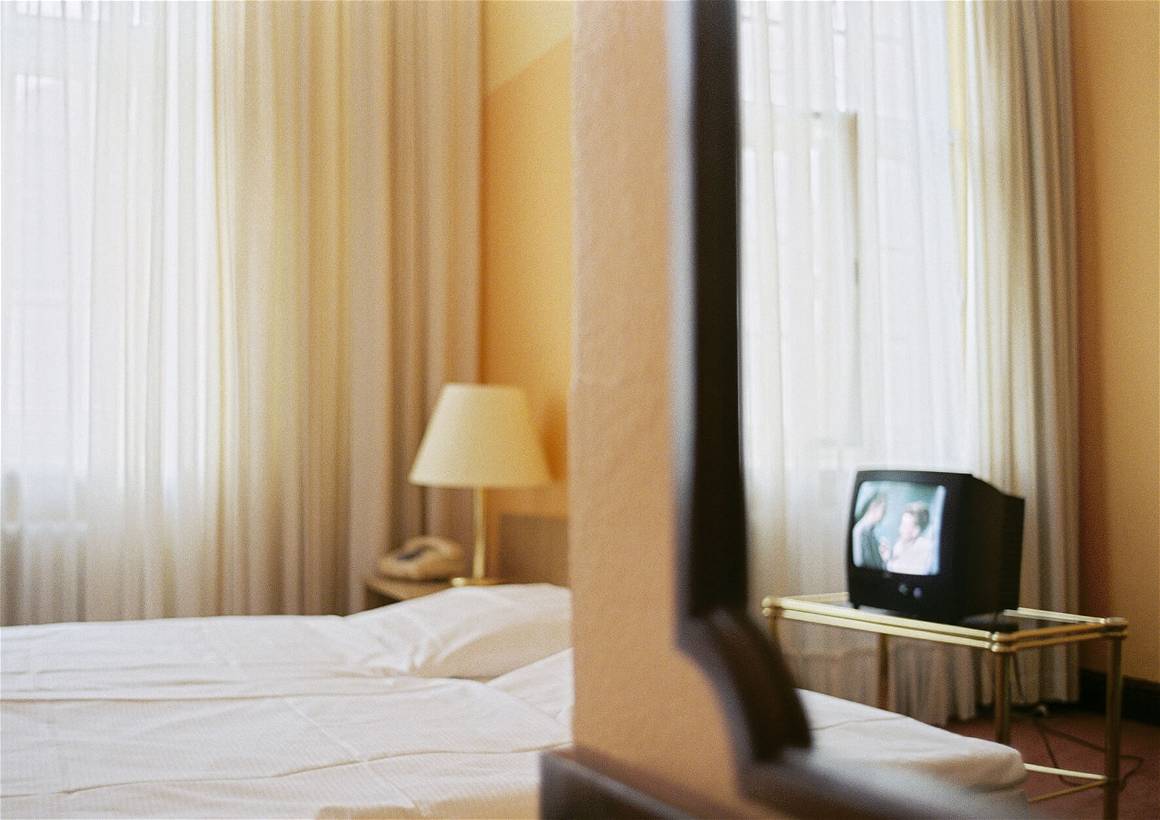
“Since the hotel did not have any closing times in contrast to galleries, and on the other hand, it was a closed and protected space; there was certainly a level of apprehension to enter the hotel without being a guest and ‘only’ wanting to view the exhibition. So, I also posted information about the different aspects of the hotel’s history and the Photoplatz outside under the first-floor windows with an invitation to come in,” he told IMAGO after the exhibition.
From 2006 to 2013, Hotel Bogota became more than just an exhibition space: it was about unwarranted and unlimited connections between groundbreaking photography and an unexpected, ever-changing audience composed of everything from prominent cultural figures and businesspeople, to families on holiday, students and backpackers. As Rissmann made clear, its ground floor was a 24/7 photo exhibition constantly in flux. Discourses took place in guest books and elevators, at the concierge desks, during breakfast and in the middle of the night.
The Kommunale Galerie attempted to emulate the Photoplatz experience with a life-size photo covering a wall showing the long corridor connecting the different exhibition rooms and salons in Hotel Bogota. Antique upholstered armchairs and decadent rugs, 1970s furniture, vintage lamps and some of the world’s finest photographic works hanging from wood-paneled walls: the hotel was a symbol of Berlin’s clash between noble, nostalgic, eccentric and culturally innovative. The breakfast hall was one of the main spectacles as guests would start their days by indulging in some art along with their coffee, topped off with a self-playing piano. The back room, according to Rissmann, was saved for photos that might not want to be consumed during breakfast — war photography, dead animals, nude portraits or hard-hitting reportages, for example, were usually spared the weaker stomachs. Rissmann told the guests at the event that one of the most head-shaking photos was in fact that of a dead rabbit.
“ Mario Testino shot Kiera Knightley for Vogue in 2008, along with countless others like Olaf Mertens, Paolo Roversi, Aino Kannisto and Fred Hüning who used the hotel as a shooting location.”

During the event, Rissmann reminisced on the different journeys the photographs took: the challenges with printing and sizing, accommodating for the in-house photographers who shot and sometimes lived in the hotel, the photos that were stolen, the appalled, confused and awestruck guests, and the beauty of his infinite creative freedom which became a product of the hotelier-curator title. Some of the photos in the Kommunale Galerie are in fact part of Rissmann’s personal collection which he slowly accumulated throughout his career — whether he had a favorite though, he would not say.
Soirées, swing dancing, tango and concerts, readings and a total of 73 photo exhibitions — a cultural space to say the least. Oliver Mark and Fabrizio Bensch’s photos of Afghanistan, East German archives from Mahmoud Dabdoub, Robert Lebeck’s Berlin street shots, Antoine d’Agata’s provocative ‘Cambodia’ photos, Jerry Brendt’s black and whites, or the Carmen Oberst Crew’s experimental compositions all found a home in Hotel Bogota and are among the works covering the walls of the Kommunale Galerie to relive their moment.
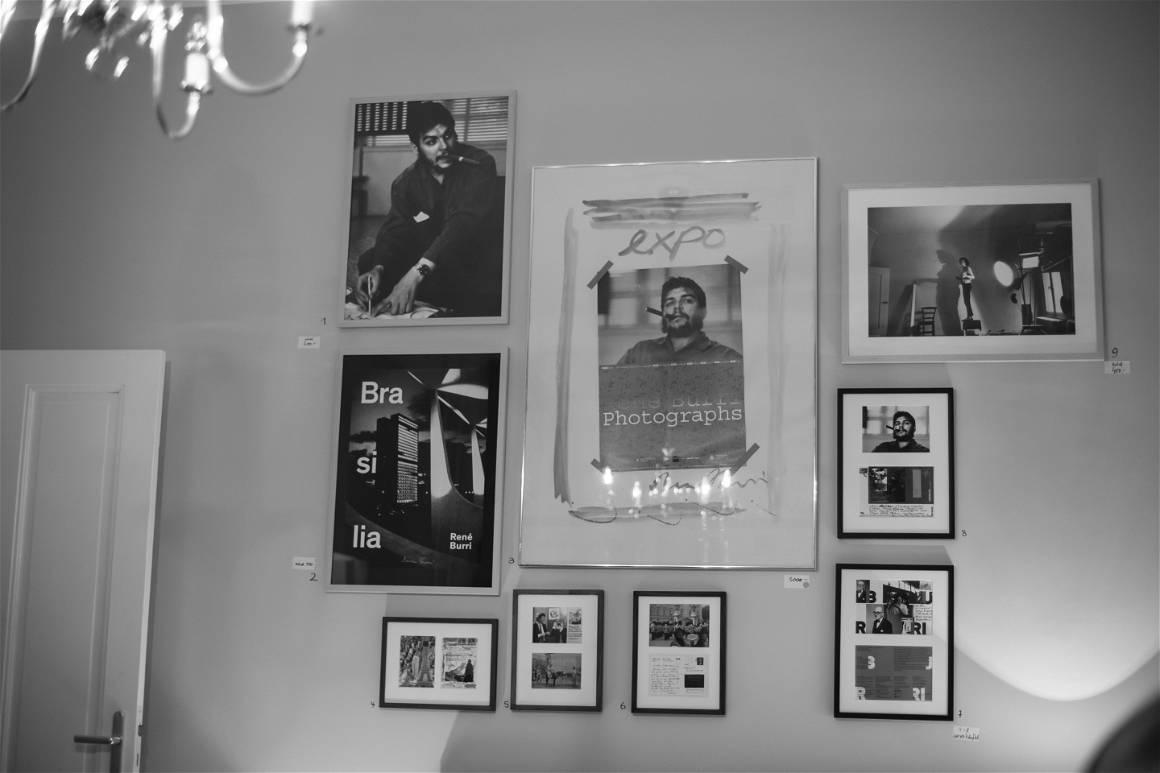
In the same vein as Else Neuländer-Simon a.k.a Yva, the famous fashion photographer who lived and worked in the hotel in the 1930s, photographers often let themselves be inspired by the building itself: Mario Testino shot Kiera Knightley for Vogue in 2008, along with countless others like Olaf Mertens, Paolo Roversi, Aino Kannisto and Fred Hüning who used the hotel as a shooting location. And of course, it was a place of education and opportunity for emerging photographers and students through its collaboration with the Neue Schule für Fotografie, a Berlin-based photography school. Rissmann said that photographers either approached him or he approached them, like Robert Lebeck who was one of Germany’s most influential photographers.
Built in 1911, Hotel Bogota came to its glory well before the Photoplatz, as regular performers like Benny Goodman entertained its lavish, often famous guests. Yva lived and had her studio in the hotel between 1934 and 1938 during which she underwent her first experimentations with color photography, and mentored the legendary Helmut Neustädter, later Helmut Newton. While Newton escaped, Yva was later detained and killed by Nazis. The hotel was then occupied during World War II to convert it into the Reichskulturkammer (Third Reich’s Culture Chamber), thereafter repurposed by the British for denazification of culture efforts, later re-inhabited by small businesses and tenants until returning to its hotel status thanks to Heinz Rewald who bought the building in 1967. Newton returned to the hotel as a regular guest along with Magnum photographer René Burri and Rupert Everett who once said that “Hotel Bogota is my favorite hotel in the world.”

Hotel Bogota had reclaimed its identity as a cultural hotbed and Joachim Rissman, who took over after his father Steffen, created the Photoplatz. Originally approached by prominent Berlin photographers like Sybille Bergemann and Arno Fischer along with the Neue Schule für Fotografie, they planted the seeds which grew into one of Berlin’s most unique spaces that challenged what it means to be a photography gallery. Unfortunately, the hotel had to close its doors in 2013 after battling debts and increased rents, but still managed to finish its run with an exhibition — Rissmann wouldn’t have it any other way.
Dismantling the exclusivity and at-times elitism within the art world is one of the reasons public art, or in this case hotel-art, are important for pumping different meanings in photography, especially throughout the digital age. Exhibitions can often seem like echo-chambers of like-minded visitors, but Hotel Bogota was everything but that: a constant influx of every walk of life contributing to an ongoing discourse its exhibition rooms offered. “Through the flooding of images, which for over 25 years most people have contributed to, it is certainly on one side more difficult to convey photography as something ‘meaningful’. On the other hand, this can also be an opportunity for more people to have a sense for photography today,” said Rissmann.
